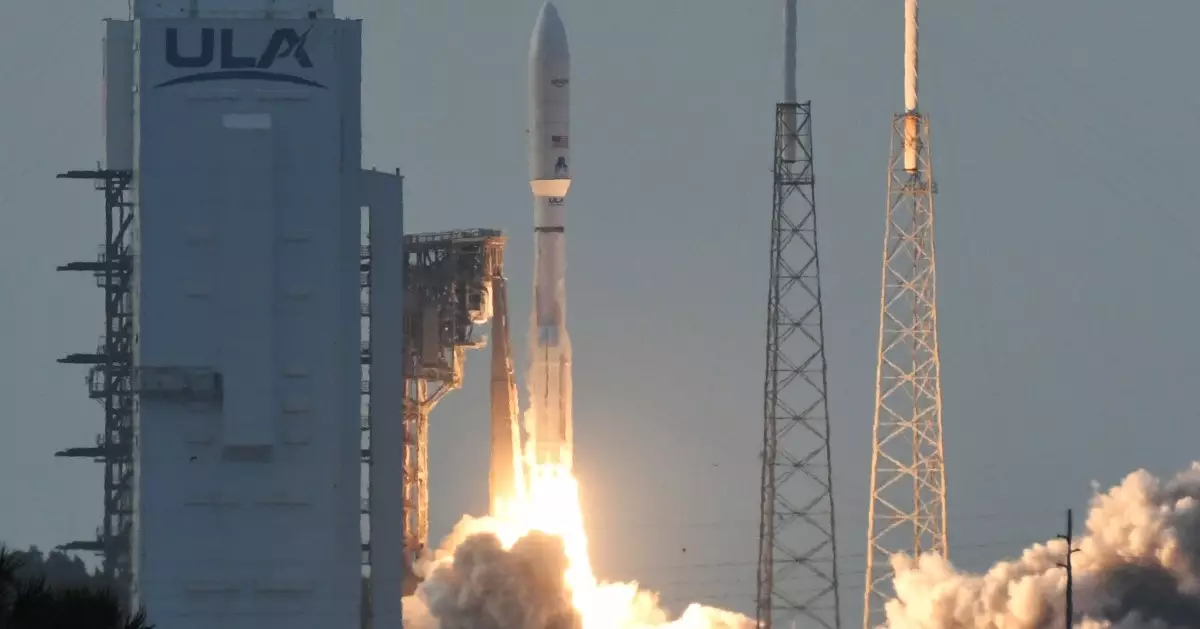In an exhilarating leap into the future of connectivity, Amazon has introduced the first batch of 27 satellites for its ambitious Project Kuiper, signaling the beginning of a massive effort to revolutionize internet accessibility worldwide. By aiming to deploy over 3,200 satellites in low-Earth orbit, Amazon is not just entering the competitive arena of satellite internet but is also setting the stage for what could become a technological transformation in how we access the digital world. This moment in aerospace history provides a glimpse of what can happen when innovation meets necessity—a narrative that has characterized the modern digital age.
The Race Against Time and Competition
Amazon’s project comes with a defined urgency: a mandate from the FCC requiring half of its satellite network to be operational by mid-2026. This deadline is no small feat given that the project plans to rival SpaceX’s Starlink, which currently boasts an operational fleet of over 7,200 satellites. The landscape of low-Earth orbit is growing increasingly congested, making Amazon’s challenge not just about technology but logistics, strategy, and perhaps most importantly, speed. With ULA’s Atlas V rocket successfully launching these initial satellites from Cape Canaveral, there is a palpable sense of momentum behind Amazon’s efforts. However, the road ahead is littered with challenges as the company scrambles to not just catch up but lead in providing high-speed internet to underserved areas.
The Strategic Implications of Low Earth Orbit
The advent of satellite constellations like Project Kuiper raises questions about the strategic implications of low-Earth orbit. With internet service becoming an essential part of modern life, companies like Amazon are opening up discussions about who controls access to this resource. The competition with SpaceX, while commercially driven, also ties into larger conversations about digital access and equity. As cities grow and remote areas remain underconnected, satellite internet presents an opportunity for everyone to access critical information and services. This digital revolution could help bridge the gap in access, but it also paints a picture of corporate monopolization that raises eyebrows when you consider how pivotal these services are for daily life.
Teamwork and Technological Breakthroughs
Success in such a massive project doesn’t happen in a vacuum. Amazon CEO Andy Jassy’s heartfelt commendation of the team’s hard work underscores a vital point: collaboration is key in any significant technological endeavor. As they navigate through the early phases of satellite deployment, the challenges are manifold: regulatory hurdles, technological setbacks, and the inherent unpredictability of space missions. The fact that the first 27 satellites were activated and are communicating with ground systems is a remarkable achievement that showcases Amazon’s commitment to following through on its promises. It’s not just a series of launches; it’s an expression of human ingenuity at its best, an inspiring narrative amidst the noise of daunting challenges.
Environmental and Ethical Considerations
With this new wave of satellite networks comes an ethical obligation to address the environmental implications of such grand-scale endeavors. The cluttering of low-Earth orbit raises valid concerns about space debris and its potential hazards to existing satellites and space missions. As Amazon progresses with Project Kuiper, it needs to establish robust mechanisms for maintaining orbital slots and ensuring that they are not contributing to the escalating problem of space junk. This is a crucial dimension that companies must take into consideration while seeking to operate in this rapidly evolving industry.
A Call for Responsible Innovation
In the digital age, the call for innovation should be matched with accountability. As Amazon and others aggressively pursue satellite deployment, it’s essential for stakeholders to consider not just market dynamics but also the broader impact their endeavors will have on society. Questions surrounding data privacy, accessibility, and overall digital equity will not only shape the regulatory frameworks within which these companies operate but will also determine the success of projects like Project Kuiper. As Amazon ventures into this new territory, the onus of responsibility lies as much on them as it does on the regulatory bodies overseeing their efforts, leading to a symbiotic relationship that could define the era of satellite internet.
The revolution in satellite technology promises a future where connection knows no bounds, but the route to that future is one adorned with responsibilities and challenges that will ultimately test the mettle of not only Amazon but the industry as a whole.

